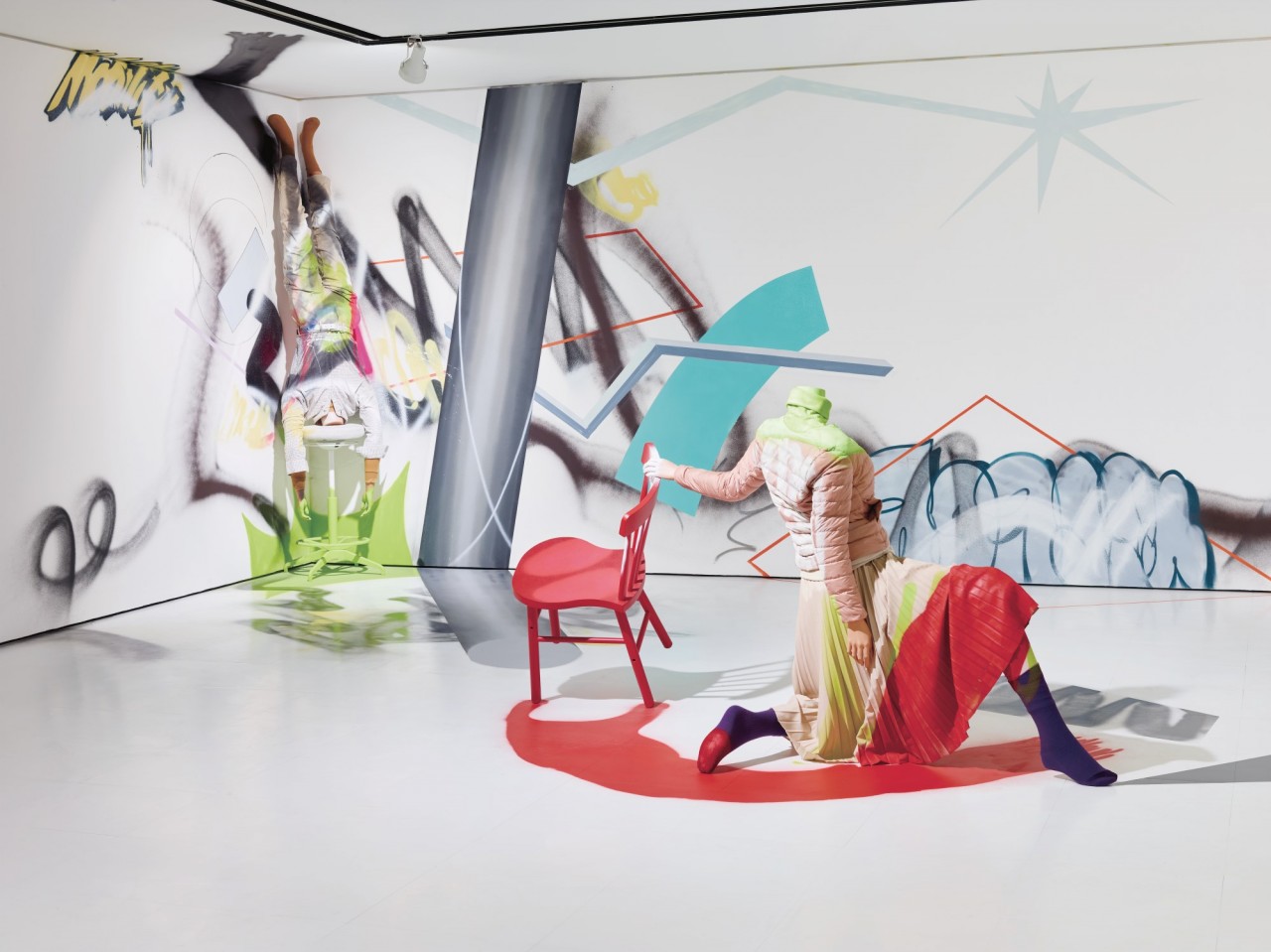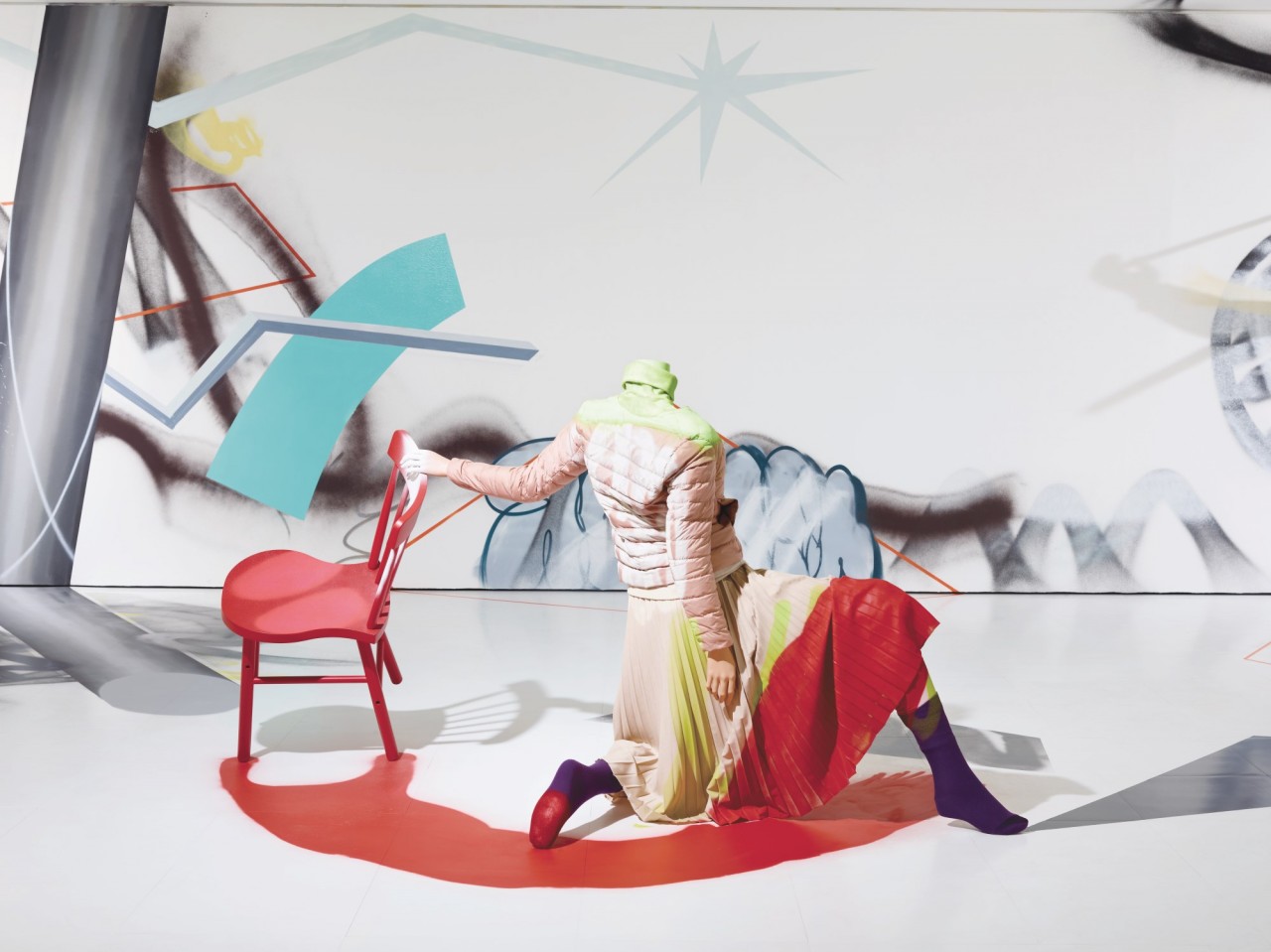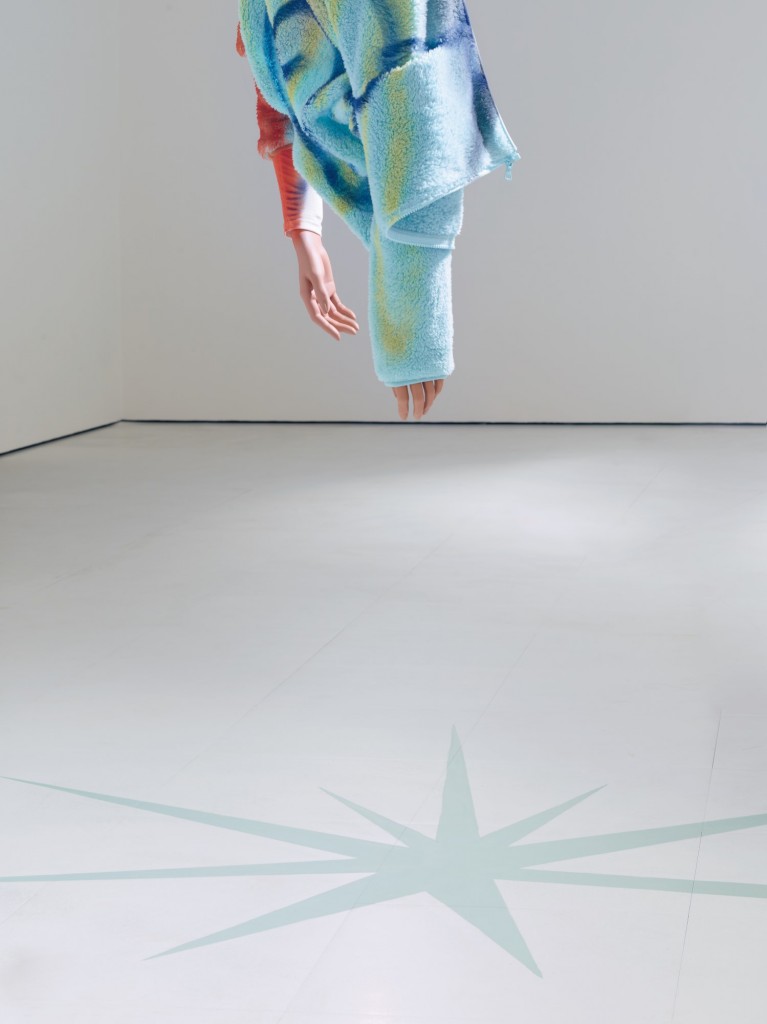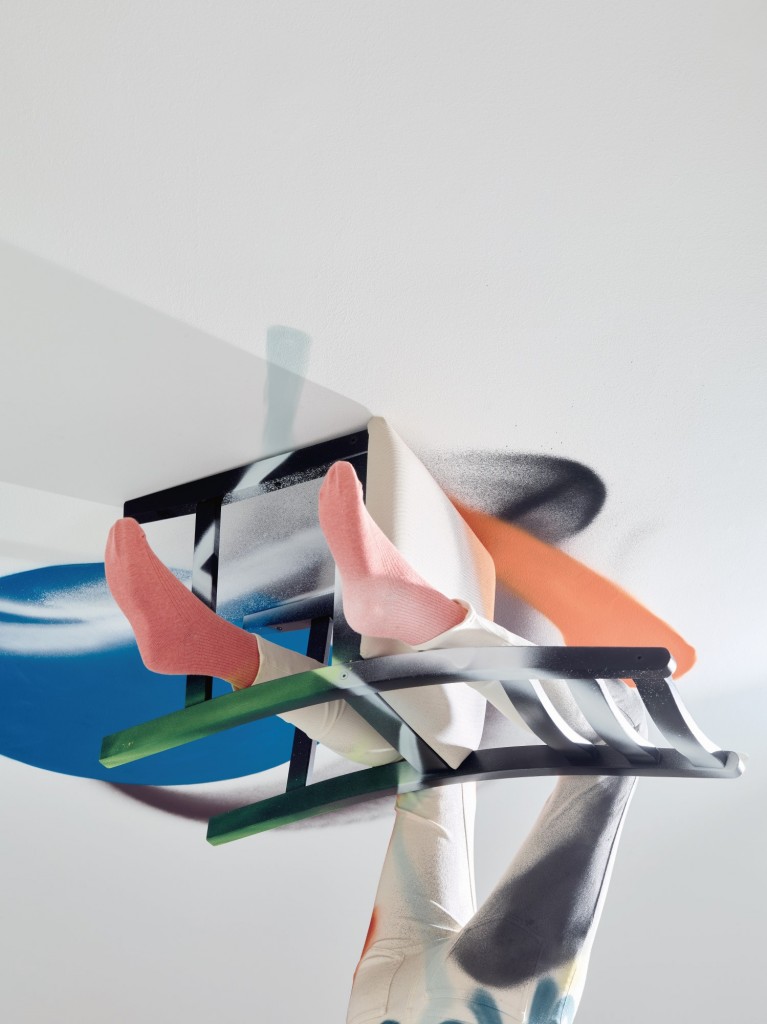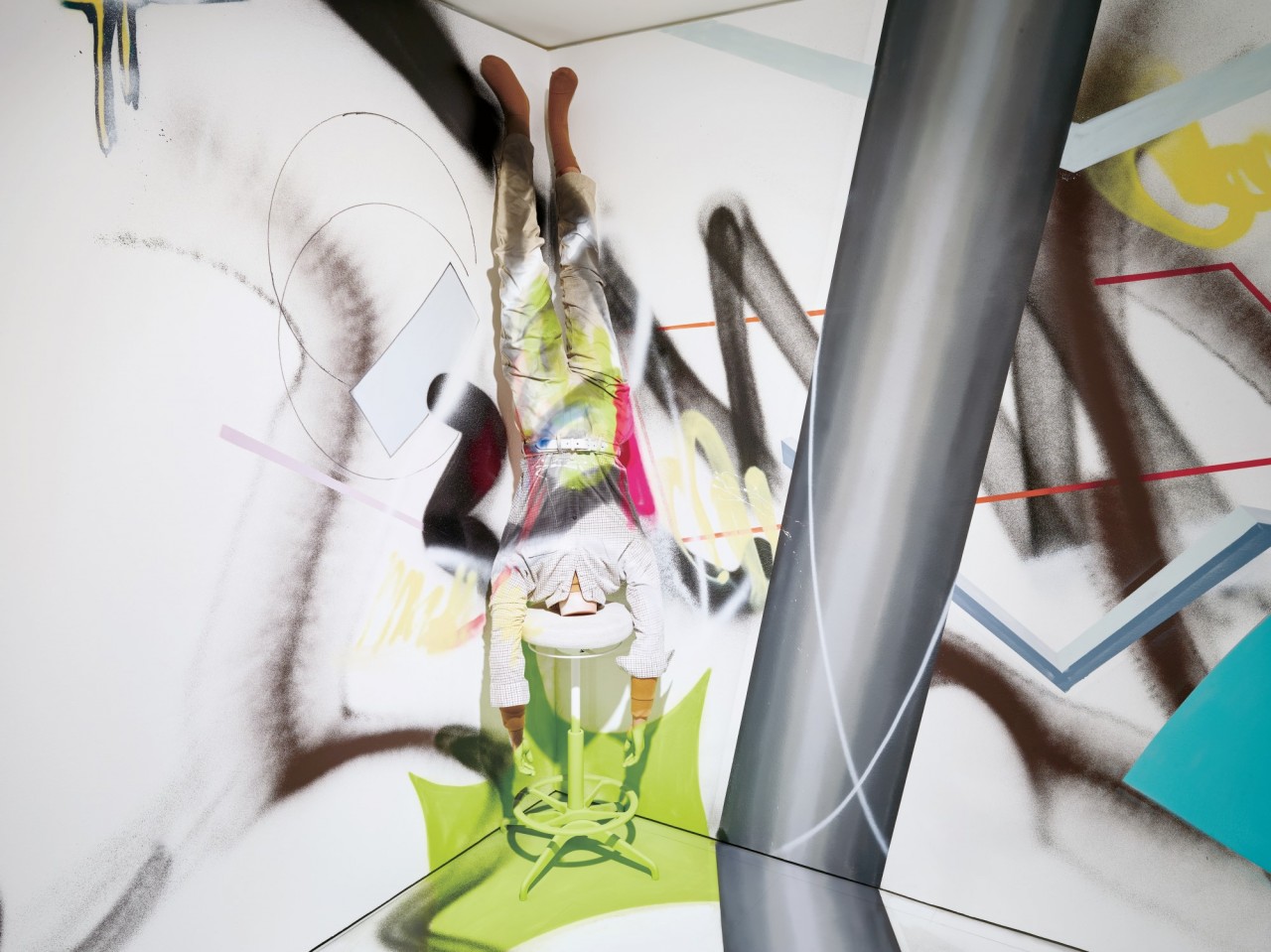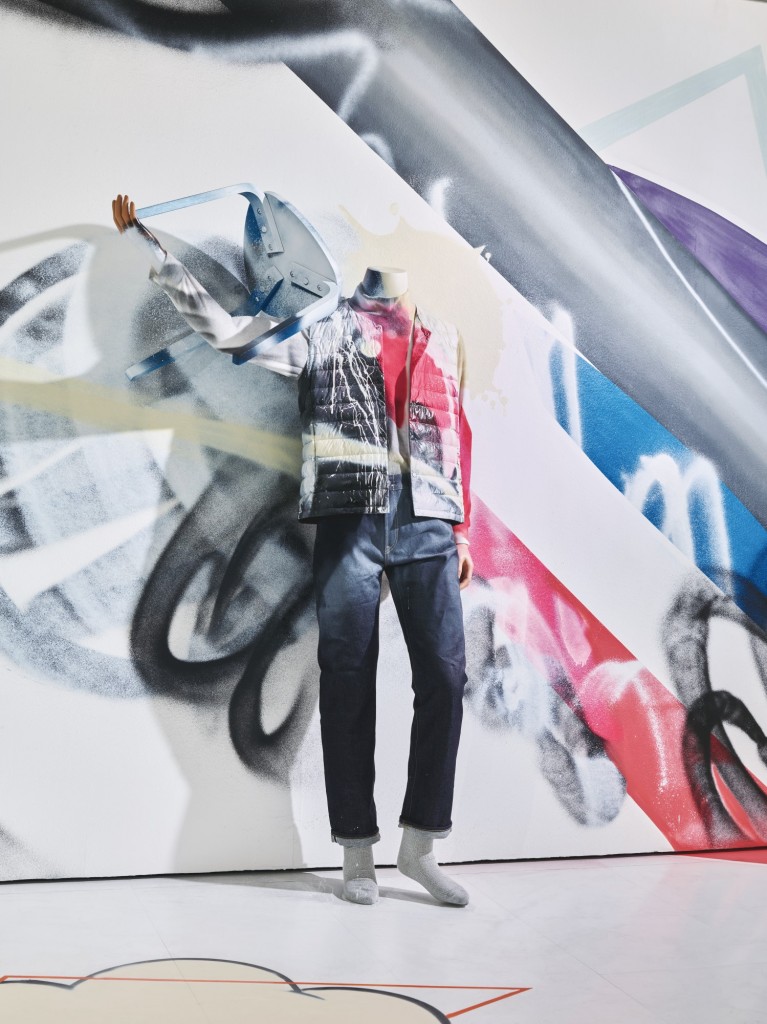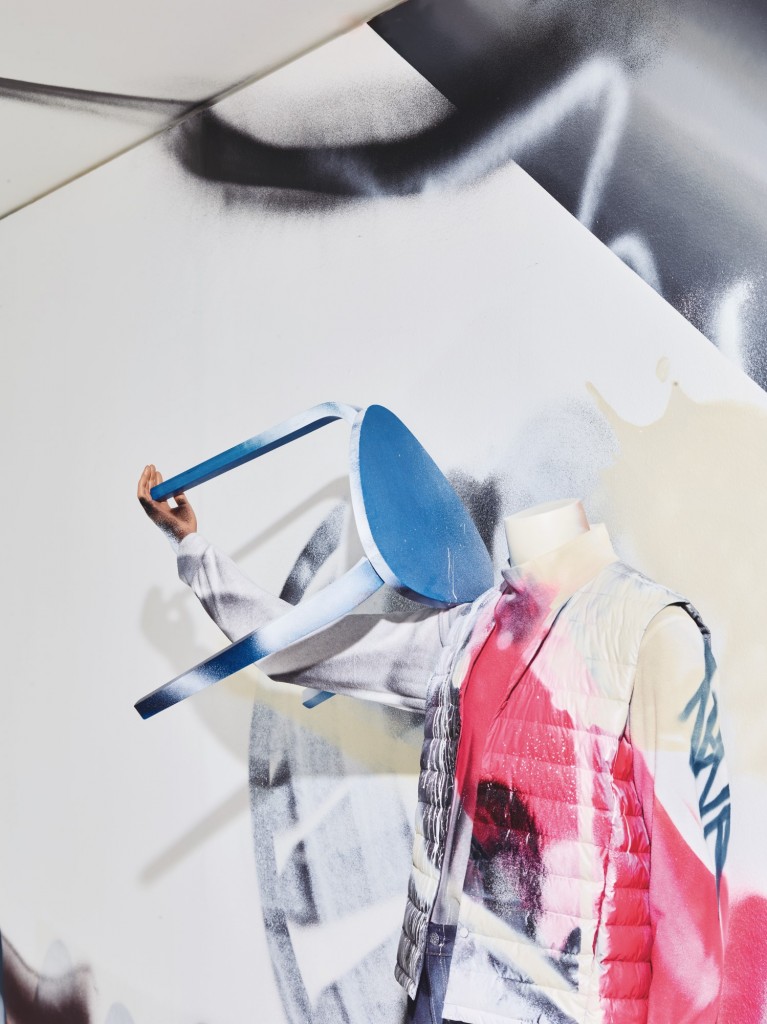Exhibitions
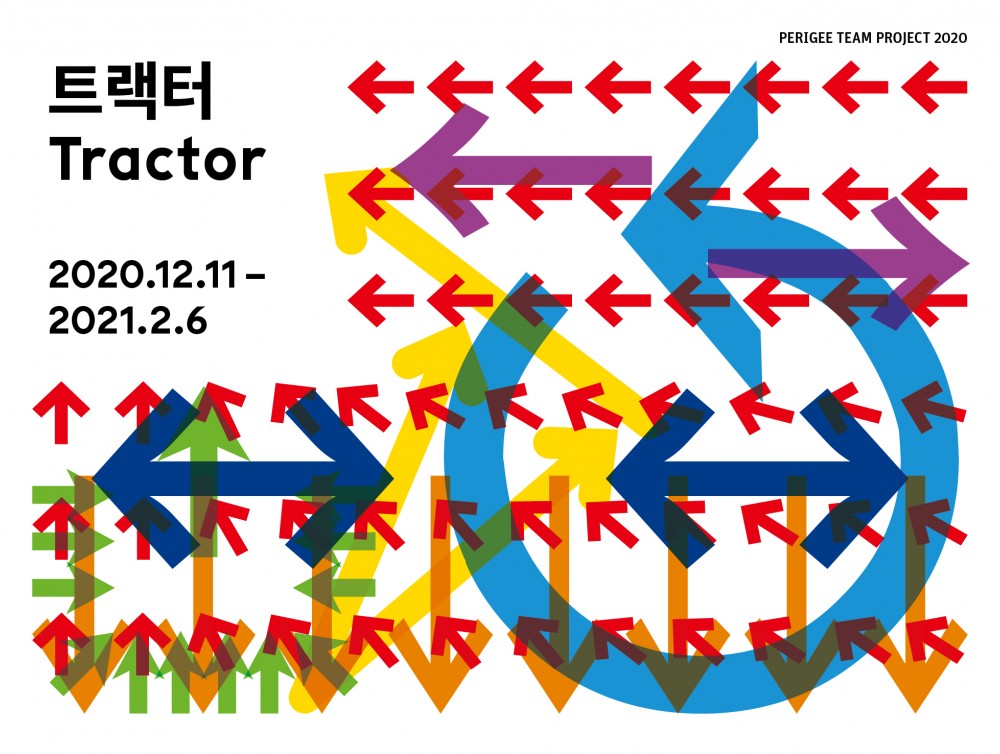
PERIGEE TEAM PROJECT 2020
트랙터 Tractor
2020.12.11. FRI ~
2021.02.06. SAT
윤민화·최태훈
이 전시는 윤민화와 최태훈의 2인전*이다. 우리는 이 전시에서 사물과 사람 사이에 새로운 힘과 방향을 끌어내는 트랙터(tractor, 견인차)를 상상해본다. 이 보이지 않는 힘과 방향은 인간에 의해 사물이 예속되지 않는 상태를 가정하며, 인간의 몸 역시 사물의 기능에 종속되지 않는 상황을 창안한다.
지난날 산업 디자인은 인체의 척도와 비례, 표준적 치수, 인체 공학에 근거한 접근을 통해 발전해 왔다. 사물의 모양과 크기는 인체에 근거하여 규격화되었지만, 역으로 인체와 생활 방식 또한 사물의 기능에 맞춰 견인되고 있다. 기능과 효율성을 목적으로 디자인된 사물은 사람의 인체 치수와 비례에서 자유롭지 못하고, 기성품을 수동적으로 사용하는 사람의 몸 또한 사물의 디자인에 의해 고정된 것이다. 인체는 사물의 디자인에 표준을 더했고, 그렇게 규격화된 사물은 몸을 특정하게 고착시킨다. 사물은, 사람은, 서로에게 일방통행만을 고집해온 것만 같다. 우리는 이 전시에서 사물과 사람 사이의 또 다른 힘과 방향을 상상해본다. 이를 위해 사물을 기성품이라는 생산성에서부터 떼어 놓고, 사람을 사용자의 신분으로부터 해방한다.
우리는 사물의 범주를 대변하는 대상으로 의자를 설정했다. 그리고 어느 순간부터 의자를 낯설게 느낀 사람들을 상정했다. 이들은 사물로부터 불편함을 느끼는 사람들이다. 아니, 단순한 불편함과는 다르게, 말로는 정확하게 설명하기 힘든 어떤 감각을 호소하는 ....
MinHwa Yun·Taehoon Choi
This exhibition is a duet art show* featuring MinHwa Yun and Taehoon Choi. Viewers can picture a tractor, an engineering vehicle specifically designed to have a high tractive force and direction, between things and men. This invisible force and direction presumably refers to a state in which things are not subordinate to humans and the human body is not subordinate to the functions of an object.
Industrial design has evolved through approaches closely associated with the scale of the human body, standard body size, and ergonomics. Industrial design has standardized the form and size of articles founded on the human body and, conversely, it has been influenced by the human body, lifestyle, and the function of objects. Something designed around function and efficiency is not free from the human body’s measurements and proportions while the body of one who passively uses ready-made articles is also fixed to the design of a thing. The human body has lent some standards to the design of objects while the objects standardized in this process fix the human body to something specifically. Both....
이 전시는 윤민화와 최태훈의 2인전*이다. 우리는 이 전시에서 사물과 사람 사이에 새로운 힘과 방향을 끌어내는 트랙터(tractor, 견인차)를 상상해본다. 이 보이지 않는 힘과 방향은 인간에 의해 사물이 예속되지 않는 상태를 가정하며, 인간의 몸 역시 사물의 기능에 종속되지 않는 상황을 창안한다.
지난날 산업 디자인은 인체의 척도와 비례, 표준적 치수, 인체 공학에 근거한 접근을 통해 발전해 왔다. 사물의 모양과 크기는 인체에 근거하여 규격화되었지만, 역으로 인체와 생활 방식 또한 사물의 기능에 맞춰 견인되고 있다. 기능과 효율성을 목적으로 디자인된 사물은 사람의 인체 치수와 비례에서 자유롭지 못하고, 기성품을 수동적으로 사용하는 사람의 몸 또한 사물의 디자인에 의해 고정된 것이다. 인체는 사물의 디자인에 표준을 더했고, 그렇게 규격화된 사물은 몸을 특정하게 고착시킨다. 사물은, 사람은, 서로에게 일방통행만을 고집해온 것만 같다. 우리는 이 전시에서 사물과 사람 사이의 또 다른 힘과 방향을 상상해본다. 이를 위해 사물을 기성품이라는 생산성에서부터 떼어 놓고, 사람을 사용자의 신분으로부터 해방한다.
우리는 사물의 범주를 대변하는 대상으로 의자를 설정했다. 그리고 어느 순간부터 의자를 낯설게 느낀 사람들을 상정했다. 이들은 사물로부터 불편함을 느끼는 사람들이다. 아니, 단순한 불편함과는 다르게, 말로는 정확하게 설명하기 힘든 어떤 감각을 호소하는 사람들이다. 원인 또한 뚜렷하게 제공되지 않지만, 각자의 방식으로 ‘어딘가 나와 맞지 않는 느낌’을 감지한 이들이 의자를 본래의 기능에서 탈각시키고 본인의 신체와 결속시킨다. 전시장에서 만나는 여섯 개의 몸은 의자라는 사물과 결합하기 위해 오히려 유리되는, 붙어있어 보이지만 이격되는, 그리하여 소외되는 방식으로 의자와 연동하는 분열적인 상황을 드러낸다.
본래 의자는 사람이 중력에 의지해 골반과 다리를 접어 앉았을 때, 제 용도로 사용된다. 하지만 전시장에 펼쳐져 있는 얼굴 없는 6점의 인체 조각과 6개의 의자 사이에는 다른 장력이 작용하고 있다. 제목이 시사하는 견인기로서의 ‘트랙터’의 조건이 개입되며, 마치 중력과는 다르게 영향을 미치는 힘을 상상하게 만드는 것이다. 이것은 마치 알레르기나 틱처럼, 의지와 상관없이 반응하는 운동성에 가깝다. 결국, 힘과 사물과 사람의 기묘한 상응은 ‘사물’의 근원적 기능에 대한 성찰과 ‘몸’에 대한 낯선 감각을 동시에 촉발한다. ‘트랙터’라는 상상 속의 기계를 이러한 복합적인 층위들을 창출하는 견인 장치로 삼아, 윤민화는 인간을 본래 서 있던 중심 자리에서부터 미끄러뜨릴 때 사물에게서 일어나는 미적 효과와 능력에 관한 텍스트 작업을, 최태훈은 사용자라는 역할을 버리고 사물과 이상한 방식으로 결합하여 오히려 그것과 유리되는 여섯 개의 사물-몸을 조각으로 제작한다.
인체에 포즈를 부여하고, 의자와 인체 사이에 동세를 통제하는 보이지 않는 힘의 작용은 전시장에 뿌려진 스프레이에서 우회적으로 가시화된다. 힘이라는 물리학의 차원과 사물과 몸이 형성하는 조형성의 차원, 그리고 그것으로 촉발되는 감각의 차원은 마지막으로 공중에 뿌려진 스프레이로 눈앞에 현현된다. 이것은 우리가 상상하는 힘이란, 이 세계 너머의 바깥에 존재하는 것이 아니라 지극히도 우리가 속한 세계 안의 일이라는 것, 속하지만 동시에 편입되지는 않는 어떤 암점과도 같음을 시사한다.
_________________________________________
*이 전시에서 윤민화와 최태훈의 관계는 ‘강과 다리’와도 같다. 서로 다른 방향으로 가로 지르는 두 직선이지만, 직접 만나는 일은 없으며, 필연적으로 상대의 존재가 자신의 준거가 되었다.
This exhibition is a duet art show* featuring MinHwa Yun and Taehoon Choi. Viewers can picture a tractor, an engineering vehicle specifically designed to have a high tractive force and direction, between things and men. This invisible force and direction presumably refers to a state in which things are not subordinate to humans and the human body is not subordinate to the functions of an object.
Industrial design has evolved through approaches closely associated with the scale of the human body, standard body size, and ergonomics. Industrial design has standardized the form and size of articles founded on the human body and, conversely, it has been influenced by the human body, lifestyle, and the function of objects. Something designed around function and efficiency is not free from the human body’s measurements and proportions while the body of one who passively uses ready-made articles is also fixed to the design of a thing. The human body has lent some standards to the design of objects while the objects standardized in this process fix the human body to something specifically. Both objects and man seem to have persisted in their own manner and had an effect on the other. Viewers can picture another advantage and direction between thing and man in this exhibition. This is done by distinguishing things from the idea of productivity that readymade articles often have and setting people free from their status as users.
We consider the chair to be an object that represents the category of things, and offer a look at those who have felt chairs to be unfamiliar at some point. They are people who feel articles uncomfortable at one point, and appeal for unaccountable sensations as opposed to inconveniences. Those who have a sensation in which “the chair doesn’t fit them” in their own way displace the chair from its original function and combine it with their bodies. The six bodies we see in the gallery unmask a disruptive situation associated with the chair in a way that keeps them isolated, distanced, and alienated in order to unite them with it later.
The chair by nature fulfills its purpose when someone uses gravity to sit in it with his or her legs bent. However, it is tension that is at work between the six faceless body sculptures and six chairs on display at the venue. The condition of the tractor as a tractive implement as suggested in the title leads viewers to envisage a force that has an effect different from gravity. This approximates to the motility that reacts in disregard of one’s will like allergies and tics. A strange correspondence among force, objects, and humans simultaneously provokes our introspection of the elemental function of a thing and the unfamiliar sensation of the body. In consideration of the tractor, an imaginary machine as a tractive device to generate multiple layers, MinHwa Yun carries out text works pertaining to aesthetic effects and capabilities that are created in things when humans are ousted from their original central place, while Taehoon Choi produces six bodies in sculpture that are combined with things in a strange manner and separated from them, abandoning their role as a user.
The action of the invisible force that lends a pose to the body and controls movement between the chair and the body is metaphorically visualized by paint that has been sprayed in the gallery. The dimension of physics represented by the force, the dimension of aesthetics represented by an object and a body, and the dimension of the sensation provoked by them are manifested by paint sprayed in the air. This intimates how the force we imagine is not outside our world but inside it like some blind spot that is affiliated but not incorporated into the world at the same time.
__________________________________________
* The relationship between MinHwa Yun and Taehoon Choi in this exhibition is thought to be in some way analogous to that of a river and bridge. They go along with one another despite being two straight lines that cut across in different directions. One eventually becomes a criterion for the other’s existence.



